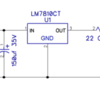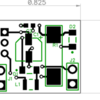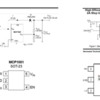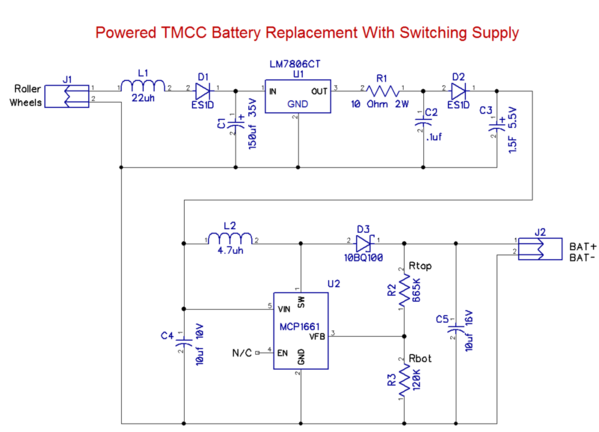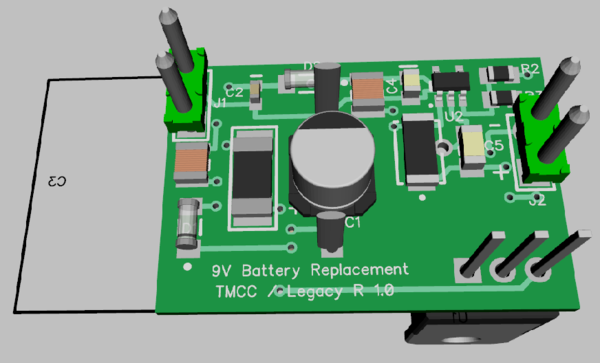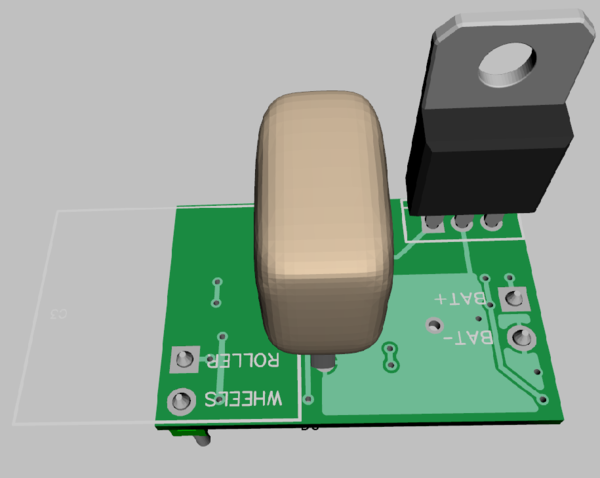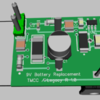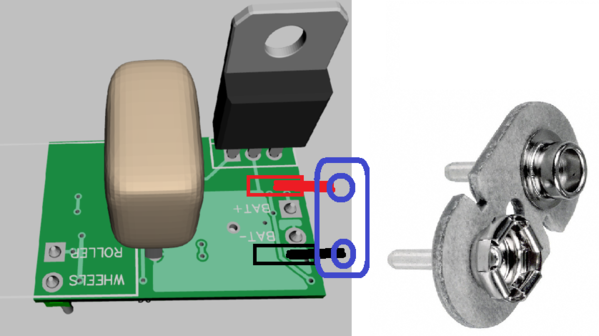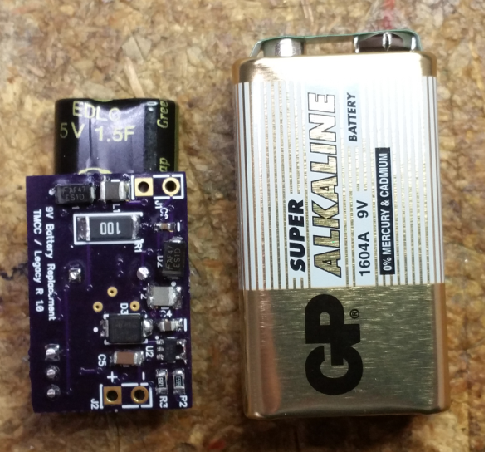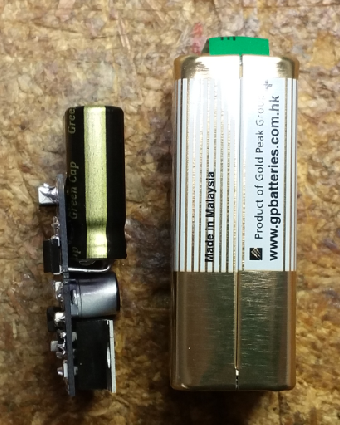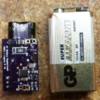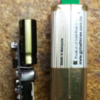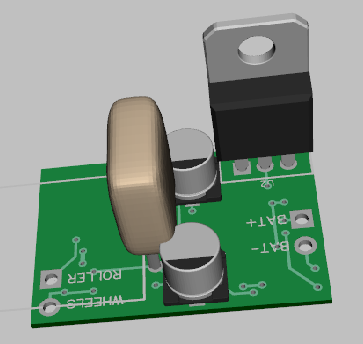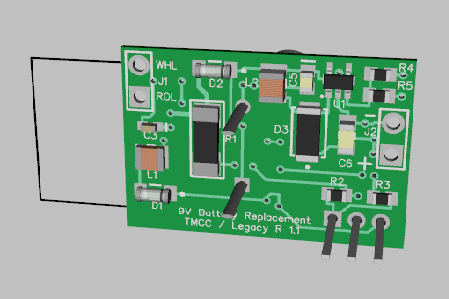I did realize that the current was more than 100ma for the charge at first but it drops quickly. I sized the 33 ohm resistor to be a 2 watt after a couple of back of the envelope calculations. When you start with the cap at zero volts, you have a little less than 10 volts across the resistor, (the Schottky diode drops a bit). The resistor starts out dissipating around 3 watts and ramps down to less than 2 watts in ten seconds. By the time you get to 20 seconds, we down to a watt of dissipation across the resistor. Doing that it barely gets warm, so I figured I was home free.
The 150uf cap was really picked as I didn't want to go to a larger form-factor cap, so I just used the maximum value in that form factor. I know it does happen to starve the regulator when there's excessive load, but that's an accidental happening. When I tested the combination on the bench, it worked fine to charge the caps and didn't have any overheating issues, the object of the exercise.
The battery use with TMCC, or even conventional, is pretty low duty cycle. The only time it's needed with TMCC is on occasion where you lose the power briefly over switches or dirty track as a rule. For conventional, you use the battery typically when you reverse directions, that should be less than a second. Obviously, the conventional case is more battery intensive, so I'd probably want to size the capacitor to allow for a few seconds of conventional running before dropping below the usable output for providing the output power. With that being said, I'd probably go with at least a 1F 5V cap for the storage to give me a bit more run time.
For the 5V regulator and resistor, I'd probably go with a 2 watt 10 ohm resistor to limit current. When the capacitor is flat, that would give me around 2.5 watts for a few seconds before dropping well below the 2 watt rating, so that should be fine. Within 5 seconds I have a volt on the capacitor (assuming the regulator is actually able to deliver the power, which I doubt). In any case, the resistor is fine, the regulator on TMCC track power may be the hot item here, but hopefully the short time for maximum power demands will mitigate that issue.
It would be pretty simple if it got down to the diode, cap, regulator, and resistor. Can't get much simpler than that! 









